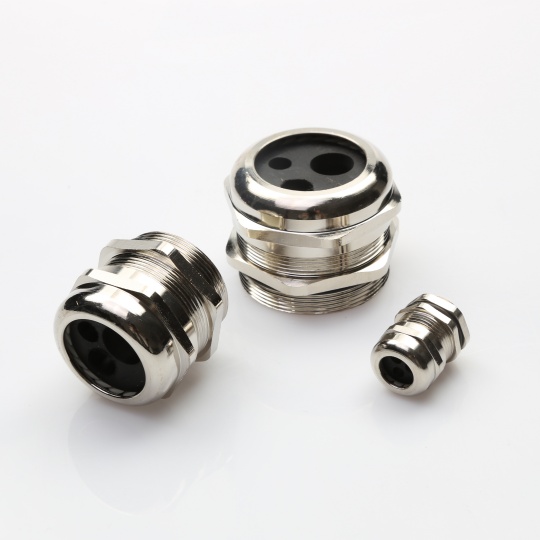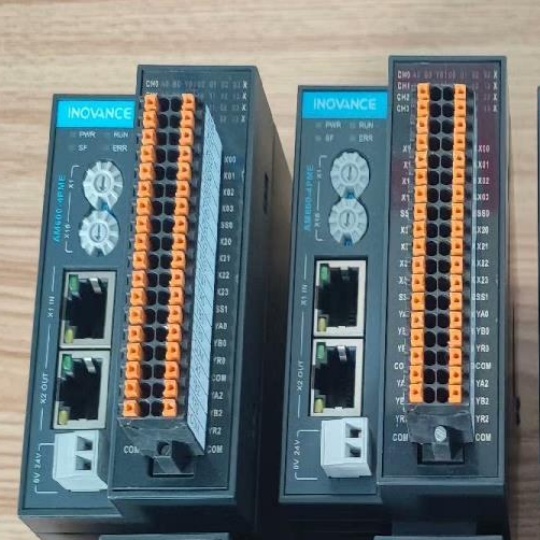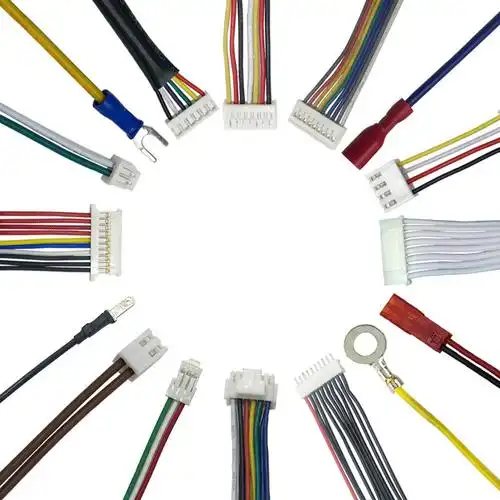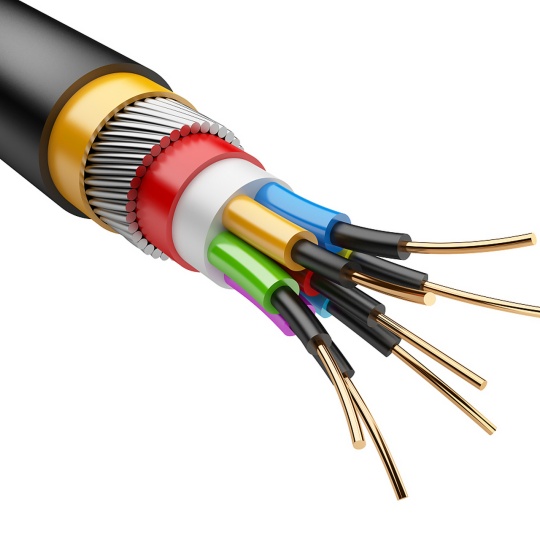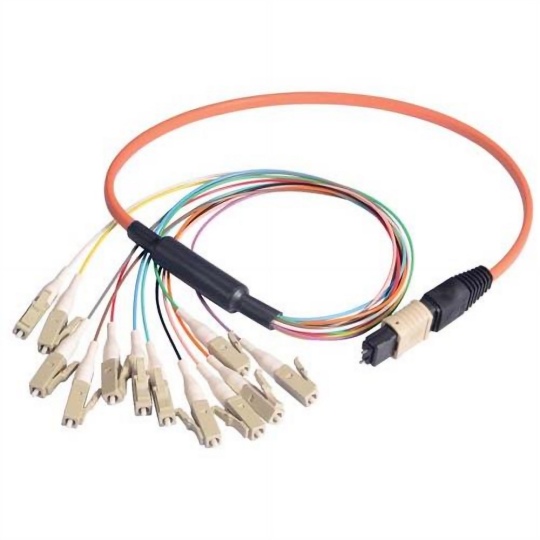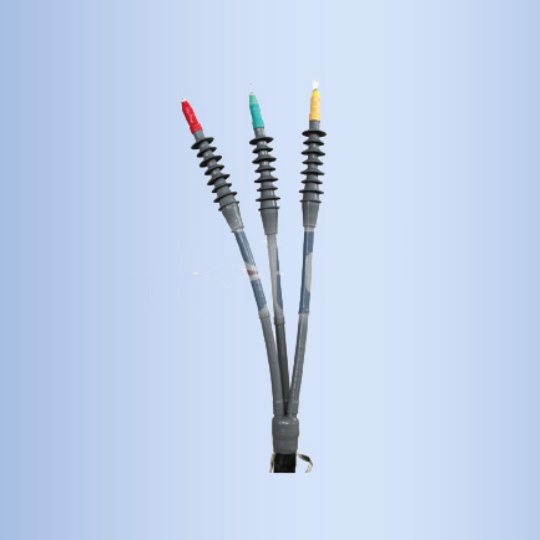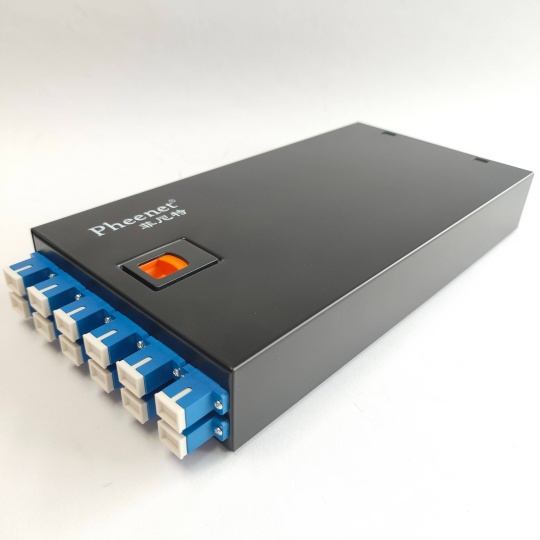Technical Requirements for High-Voltage Cable Assemblies
High-voltage cable assemblies are critical components in industries like energy transmission, renewable energy, manufacturing, and infrastructure. Ensuring these cables meet stringent technical requirements is essential for safety, efficiency, and longevity. This guide breaks down the key technical requirements for high-voltage cable assemblies in simple, actionable terms, helping engineers, procurement teams, and project managers make informed decisions.
1. Voltage Rating and Insulation Integrity
High-voltage cables must withstand extreme electrical stress. The voltage rating (e.g., 11 kV, 33 kV, or 132 kV) determines the maximum voltage the cable can handle. To prevent electrical breakdown:
- Insulation Material: Cross-linked polyethylene (XLPE) is widely used for its high dielectric strength and thermal resistance.
- Thickness: Insulation thickness must align with international standards (e.g., IEC 60502) to avoid arcing or short circuits.
- Testing: Perform partial discharge (PD) and dielectric withstand tests to ensure insulation integrity.
2. Conductor Material and Size
The conductor is the backbone of the cable. Key considerations include:
- Copper vs. Aluminum: Copper offers higher conductivity and durability, while aluminum is lighter and cost-effective. Choose based on budget and application (e.g., overhead lines vs. underground installations).
- Cross-Sectional Area: Larger conductors reduce resistance and power loss. Use ampacity charts to match conductor size with load requirements.
3. Shielding and Earthing
High-voltage cables generate electromagnetic fields that can interfere with nearby equipment. Proper shielding is non-negotiable:
- Metallic Shielding: A copper or aluminum layer around the conductor neutralizes electric fields.
- Earthing: Ensure shields are grounded at both ends to prevent voltage buildup and ensure safety.
4. Temperature and Environmental Resistance
Cables must perform under harsh conditions:
- Operating Temperature: XLPE insulation typically handles up to 90°C. For extreme heat (e.g., near turbines), use silicone rubber or EPR (ethylene propylene rubber).
- UV and Moisture Resistance: Outdoor or underground cables require UV-stabilized jackets and water-blocking tapes.
- Chemical Resistance: In industrial settings, use cables with PVC or LSZH (low-smoke zero-halogen) sheaths to resist oils and corrosive substances.
5. Mechanical Strength and Flexibility
Cables face physical stress during installation and operation:
- Armoring: Steel wire armoring (SWA) protects against crushing and rodent damage.
- Bending Radius: Avoid sharp bends—high-voltage cables have minimum bending radii (e.g., 12x cable diameter) to prevent insulation damage.
6. Compliance with Safety Standards
Adherence to global standards is mandatory for compliance and insurance:
- IEC 60840: Covers cables rated above 30 kV.
- IEEE 386: Specifies separable insulated connectors for high-voltage systems.
- Local Regulations: Check country-specific codes (e.g., NEC in the U.S., BS in the UK).
7. Installation and Maintenance Best Practices
Even the best cables fail if installed incorrectly:
- Avoid Joints: Minimize splices to reduce failure points. Use pre-fabricated joints if necessary.
- Regular Inspections: Use thermal imaging to detect hotspots and partial discharge testing to identify insulation wear.
- Documentation: Keep records of test results and maintenance schedules for audits.
Applications of High-Voltage Cable Assemblies
- Renewable Energy: Connecting wind turbines and solar farms to the grid.
- Industrial Machinery: Powering heavy equipment in manufacturing plants.
- Urban Infrastructure: Underground cabling for cities and transportation networks.
FAQs About High-Voltage Cables
Q: How often should high-voltage cables be tested?
A: Annual testing is recommended, but frequency depends on environmental conditions and load cycles.
Q: Can aluminum cables replace copper for high-voltage applications?
A: Yes, but ensure proper sizing and corrosion protection.
Q: What’s the lifespan of a high-voltage cable?
A: Typically 30–40 years, assuming compliance with standards and regular maintenance.


